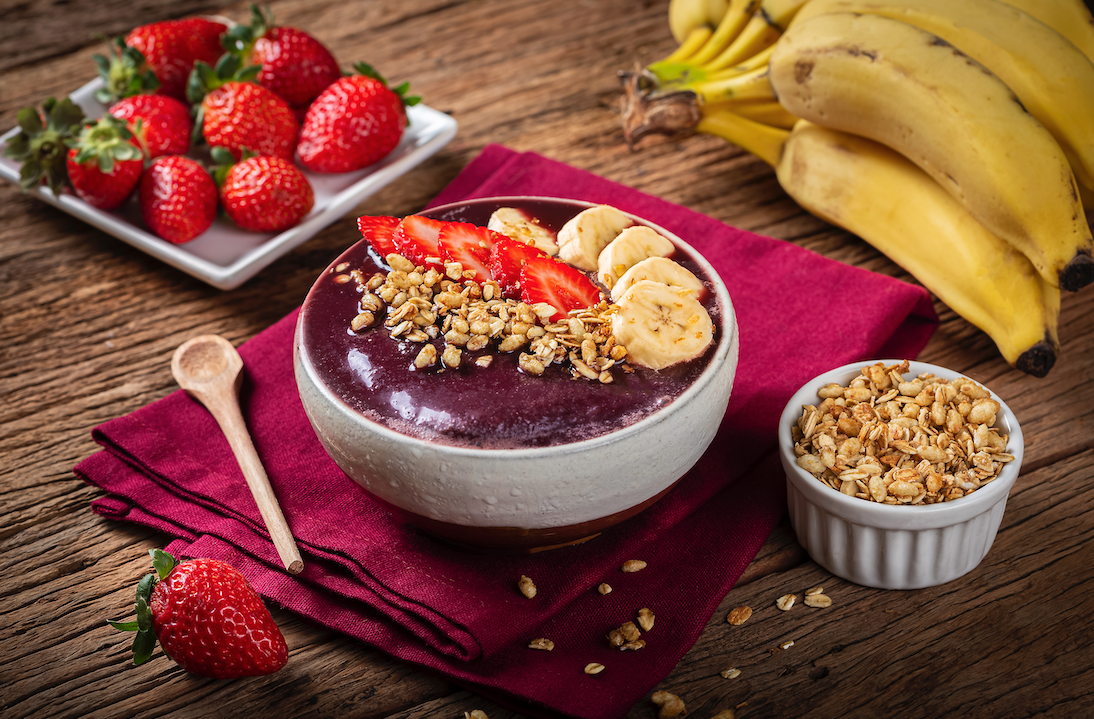
Calendula
Native to the Mediterranean, calendula was not an idolized medicinal herb like many others. It was used for headaches, red eyes, fever, and toothaches. However, the most common use in historic times was culinary.
Usage
Calendula is primarily known as a healing plant because of its soothing abilities. It is beneficial for any wound healing you may need, including insect bites, bruises, blisters, cuts, and cold sores, as well as sunburn. The topical application keeps the wounds clean and germ-free and helps tissue recovery.
Wound Healing
Calendula extract may be used externally to treat wounds and ulcers.
Menstruation
It helps to ease PMS symptoms, and to treat abnormal absence of a monthly period.
Inflammation & Cancer
Some properties of calendula have been found to fight cancer .

How to use calendula?
It is used in the form of tea, as an addition to salads and other dishes, and externally in the form of oils, fats, compresses, or teas for rinsing. It is also used as a natural dye in the food and cosmetics industry.
Make a Tea
Calendula tea has mild, slightly bitter taste.
Add to Meal
Add calendula flowers in salads, salsas, scrambled eggs.
Creams and oils
Use externally to treat wounds and burns.
Romans and Greeks used it in many rituals and ceremonies, sometimes wearing crowns or garlands made from flowers.
Calendula was more often used for magical purposes than medicinal ones.
In India, the flowers have been used to decorate the statues of Hindu deities since early times.
The symbolic meaning of the calendula flower is sorrow and grief.
Ancient Herbal Therapy
In East European countries, it is recommended for cleaning and rinsing wounds, ulcers, and burns. It is also used to treat stomach problems with the intestines and gallbladder.
According to the literature of Russian folk medicine, tea is used for uterine bleeding and for liver diseases.
Ointment with goat butter, according to folk medicine, cures malignant ulcers and swollen places, purulent wounds that are difficult to heal.
Coatings of lukewarm calendula tea improve eyesight.
About
Calendula is a genus of approximately 20 species commonly known as marigold.
They are native to southwestern Asia, western Europe, Macaronesia, and the Mediterranean. The inflorescence smell is very strong and specific. Depending on the region, marigold blooms from early spring to late autumn. In coastal and warm areas, it can bloom all year round.
The leaves can be eaten fresh as an addition to salads because they are rich in vitamins and minerals and similar in composition to dandelion. Fresh flower petals can also be added to salads, while dried ones have a stronger and more concentrated taste and can be used as a spice in soups and cakes.
The flower is used as a healing agent in many traditions. Calendula flowers, other than using the whole petals, can be ground into powder or extracted and made into oils, creams, and ointments. The FDA has approved calendula for use both internally and topically.
Science
Extensive research has provided the public with sufficient scientific information: marigold has an antiseptic and antibacterial effect, so it is very effective against various inflammations and fungal infections, and the latest research suggests that it is useful in the fight against HIV.
It is useful for removing toxins that accompany various chronic infections, febrile conditions, skin diseases such as eczema and acne. It is good as a sedative against asthma, coughs, palpitations, and insomnia. It has long been used in folk medicine to heal wounds, bruises, frostbite, ulcers, warts, corns, etc. Cold marigold tea is used for rinsing the eyes with conjunctivitis or gums after tooth extraction.
Due to its mild estrogenic effect, it is used to establish a regular menstrual cycle and reduce menstrual pain in young girls or women in menopause. The main phytochemicals in Calendula are triterpenoids, which are claimed to have extensive anti-inflammatory effects.
Safety
The plant is known to cause allergic reactions in sensitive individuals, though not very often. Symptoms of an allergic reaction include rash, itching, swelling, dizziness, trouble breathing. Other than that, marigold shows no significant side effects in oral or topical application.
Calendula is considered non-toxic, but it should not be avoided during pregnancy since some of its constituents may cause or promote uterine contractions.
Fun Facts
According to the tradition, an unmarried woman with two admirers would take a blend of calendula in honey and white wine and used it in a ritual to reveal her true love.
Sources
Khan, M. U., Rohilla, A., Bhatt, D., Afrin, S., Rohilla, S., & Ansari, S. H. (2011). Diverse belongings of Calendula officinalis an overview. Int J Pharm Sci Drug Res, 3(3), 173-177.
Hamad, M. N., Mohammed, H. J., & Merdaw, M. A. (2017). Antibacterial activity of Calendula officinalis flowers in vitro. Ibn AL-Haitham Journal For, Pure and Applied Science, 24 (3).
Anita, R., & Chander, M. (2017). Pharmacological and Phytochemical Evaluation of Calendula officinalis Linn. For Anti-Anxiety Activity. Int J Pharmacogn Phytochem, 9(1), 119-122.



